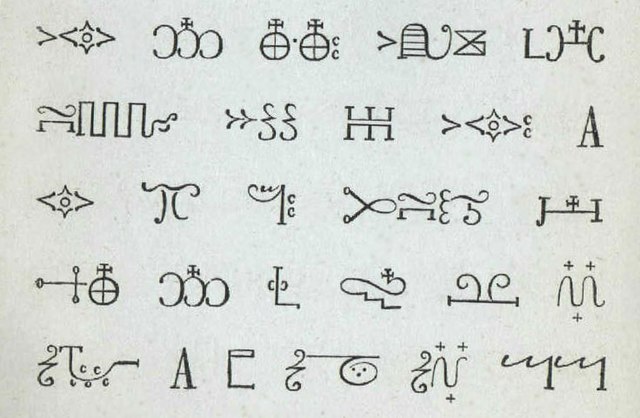Burnt Church First Nation
Eskɨnuopitijk or Esgenoôpetitj is a Mi'kmaq First Nation band government in New Brunswick, Canada, centred south of the community of Lagacéville and southwest of the village of Neguac on Miramichi Bay. It covers two Indian reserves in Northumberland County and two reserves in Gloucester County (Pabineau). The population was 1,715 as of 2011. The Mi'kmaq call Burnt Church Esgenoôpetitj, which means "a lookout".
Burnt Church, 1758. "A view of Miramichi, a French settlement in the Gulf of St. Laurence, destroyed by Brigadier Murray detached by General Wolfe for that purpose, from the Bay of Gaspe."
Raid on Miramichi Bay - Burnt Church Village by Captain Hervey Smythe (1758)
The Mi'kmaq are a First Nations people of the Northeastern Woodlands, indigenous to the areas of Canada's Atlantic Provinces, primarily Nova Scotia, New Brunswick, Prince Edward Island, and Newfoundland, and the Gaspé Peninsula of Quebec as well as Native Americans in the northeastern region of Maine. The traditional national territory of the Mi'kmaq is named Miꞌkmaꞌki.
A Miꞌkmaw father and child at Tufts Cove, Nova Scotia, around 1871
Chief Gabriel Sylliboy – first to fight for Treaty Rights in the Supreme Court of Nova Scotia, 1929
The Holy Mary Rosary prayer in Mi'kmaq hieroglyphics by Christian Kauder, 1866
Miꞌkmaq Women Selling Baskets, Halifax, Nova Scotia, by Mary R. McKie c. 1845






